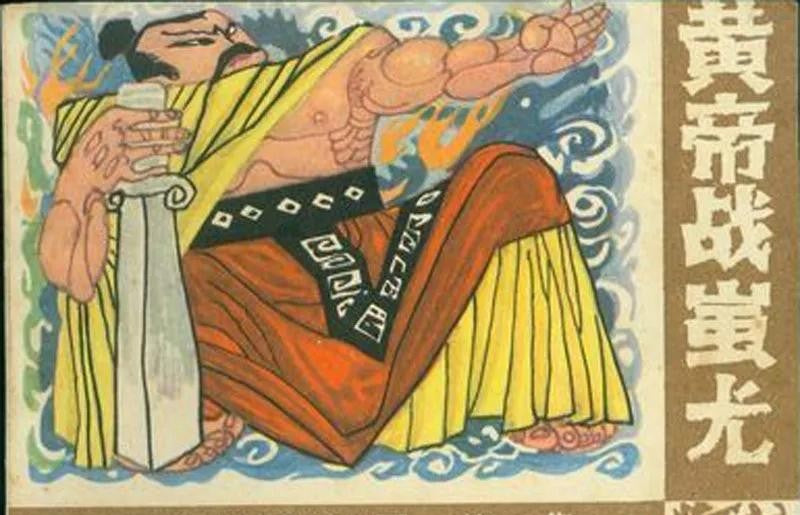
Many people ask: Taoism is a native Chinese religion, so why has it historically often seemed less prominent than Buddhism or Confucianism?
The reason is simple: the relationship between Taoism and the ruling dynasties was always delicate. Take, for example, the famous line: “The blue sky has died, the yellow sky shall rise; in the year of Jiazi, great fortune shall come to the land.” This nearly shook the very foundations of the dynasty. Emperors throughout history naturally feared Taoism's power and dared not promote it excessively. Yet precisely because of this, Taoism has always maintained a unique resilience and vitality.
So why is Taoism so “badass”? Today, let's delve into the history and culture of Taoism.

I. The Ancient Beginnings
Daoism designates the year 2697 BCE—when the Yellow Emperor defeated Chiyou and unified the realm—as the “First Year of the Daoist Era.” To govern the world, the Yellow Emperor sought guidance from the immortal Guangchengzi, consulting him three times on the Way. Ultimately, he ascended to heaven riding a dragon. This narrative stands as a pivotal origin in Daoist culture, symbolizing the communion between humanity and the Dao of Heaven.
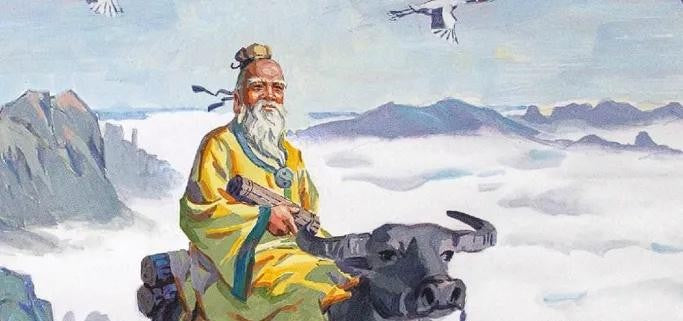
II. Philosophical Foundations: Laozi and Zhuangzi's Thought
During the Spring and Autumn and Warring States periods, a hundred schools of thought contended. The Daoist philosophy proposed by Laozi and Zhuangzi became the philosophical foundation of Daoism.The Daodejing, hailed as the “King of All Scriptures,” embodies the very soul of Daoism.Lãozi, Zhuangzi, and associated figures were revered by later generations as Immortals or Divine Beings.
This belief that “embracing the Dao leads to immortality” captivated countless souls, causing Daoist culture to flourish everywhere.
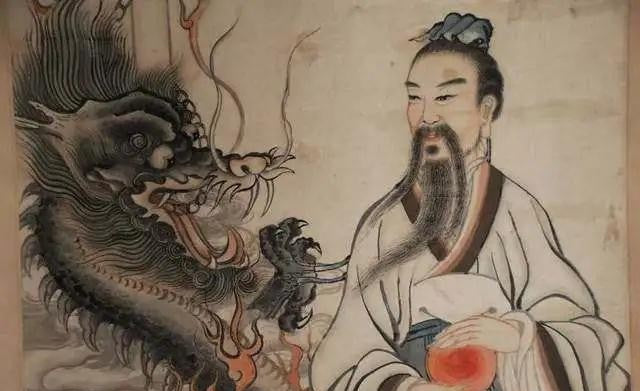
III. Eastern Han Dynasty: The Formal Establishment of Taoism
During the Eastern Han Dynasty, Zhang Daoling founded the Five Bushels of Rice Sect (Zhengyi School) on Heming Mountain in Sichuan, earning the revered title of “Ancestral Celestial Master.”
Adherents needed only pay “five dou of rice” to join, making the path accessible and highly appealing.
Daoist priests could heal illnesses and perform divination, earning them deep affection among the common people.
However, toward the end of the Eastern Han Dynasty, the Daoist priest Zhang Jiao launched the Yellow Turban Rebellion, proclaiming a slogan that shook the court and the countryside. This profoundly alarmed the ruling class and established a complex relationship between Daoism and politics.
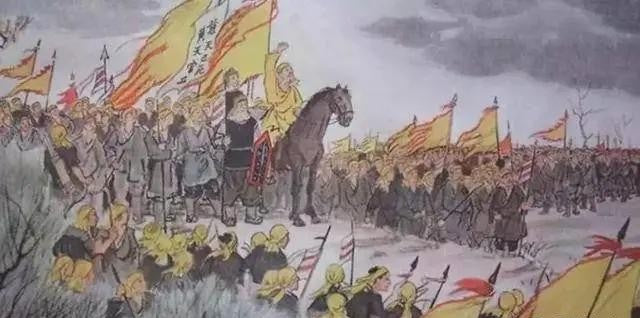
IV. The Wei, Jin, and Southern and Northern Dynasties: Cultivation and Accumulation
Amidst the turmoil and intellectual liberation of the Wei and Jin periods, Daoism chose to develop discreetly while continually enriching its essence.
Ge Hong's Baopuzi documented alchemical practices and methods for cultivating immortality.
His serendipitous discovery that “juice extracted from Artemisia annua” cured malaria would be developed 1,600 years later by Tu Youyou into artemisinin, earning her a Nobel Prize.
This was not merely a fantasy of immortal cultivation, but a tangible manifestation of the principle to “save all sentient beings.”
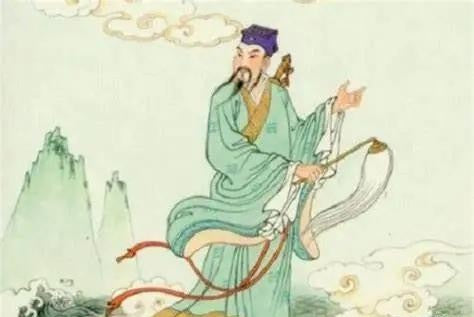
V. The Tang Dynasty: The Zenith of Taoism
The emperors of the Tang Dynasty bore the surname Li, sharing the same lineage as Laozi, leading to Taoism being established as the state religion.
Laozi was revered as the “Supreme Mysterious Primordial Emperor.”
Notable figures such as Li Bai, Sun Simiao, and Wu Daozi all had deep connections to Taoism.
Lu Dongbin became the most renowned Taoist priest, honored as the “Pure Yang Patriarch.”
This marked the most glorious era of Daoism.
VI. Song and Yuan Dynasties: The Rise of the Quanzhen School
The Quanzhen School emerged during the Song Dynasty, branching into northern and southern lineages, with universal salvation as its core tenet.
The influence of its founder Lü Dongbin proved particularly far-reaching.
At the age of 73, Qiu Chuji journeyed to the Western Regions to persuade Genghis Khan to “cease the slaughter.” This historical episode is known as “One Word Stopped the Killing.”
During this period, Daoism demonstrated a profound commitment to saving the world and aiding the people.
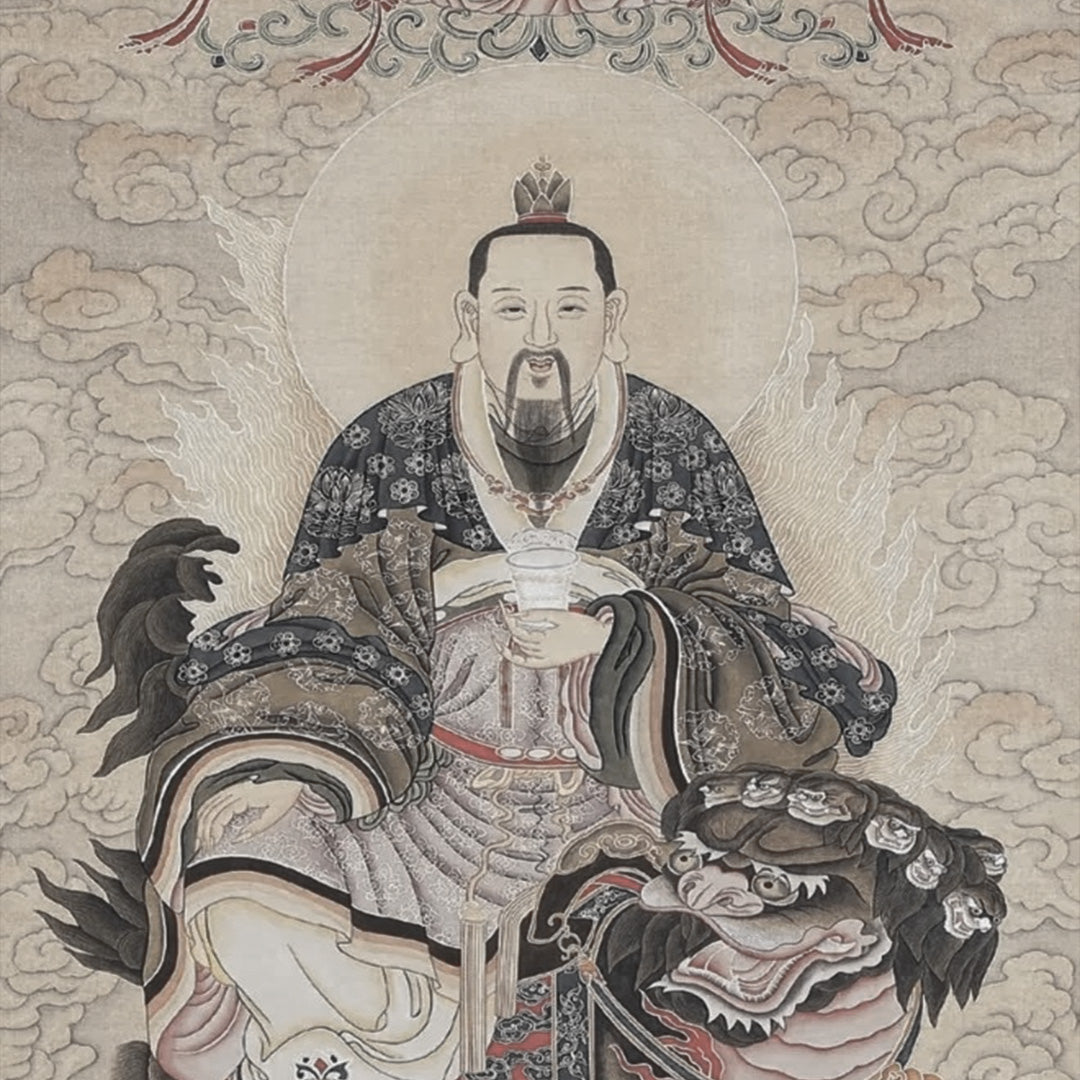
VII. Ming and Qing Dynasties to Modern Times: Ups and Downs, Continuity and Renewal
During the Ming and Qing periods, Daoism faced some suppression yet persisted.
In the War of Resistance against Japan, many Daoist priests descended from the mountains, offering incense prayers for blessings while taking up arms to fight the enemy—embodying Daoism's spirit of “cultivating in times of peace, saving the people in times of chaos.”
VIII. Contemporary Era: Returning to the Public Eye
With the spread of the internet, Taoism has emerged from obscurity and is being rediscovered by the public. Increasing numbers are studying the Tao Te Ching and experimenting with Daoist health practices, meditation, and inner cultivation.
Taoism is culture: emphasizing “following the Tao and nature,” aligning with universal principles.
Taoism is a way of life: emphasizing health preservation, environmental stewardship, and spiritual peace.
Taoism is wisdom: offering spiritual strength and philosophical guidance for modern society.
As the Taoist maxim states:
“The Way of Immortality values life, saving countless beings.”
Taoism transcends mere religion; it is the life philosophy of Chinese civilization—a culture dedicated to universal salvation and self-cultivation.
Today, whether you seek ancient wisdom or spiritual answers for modern life, Taoism offers profound inspiration. Welcome to embark on your own “Journey to the Tao” here.
@vesselofqi
Follow us on TikTok and Instagram







